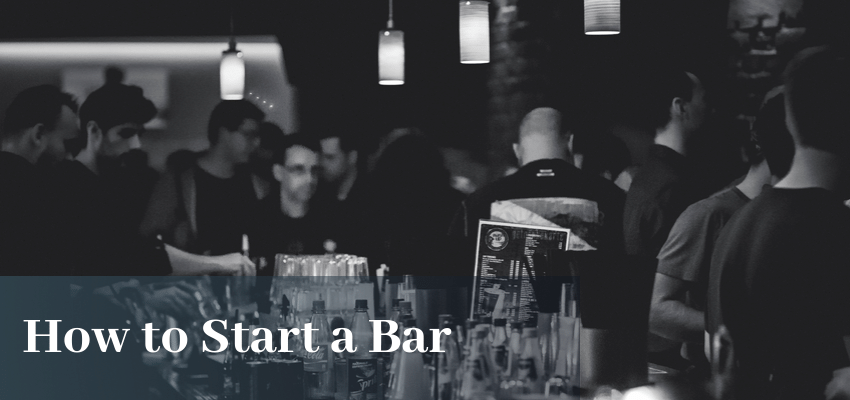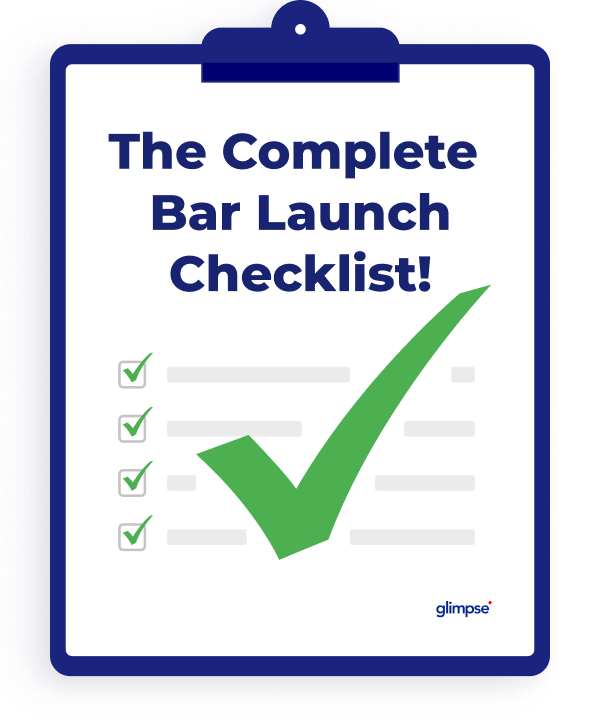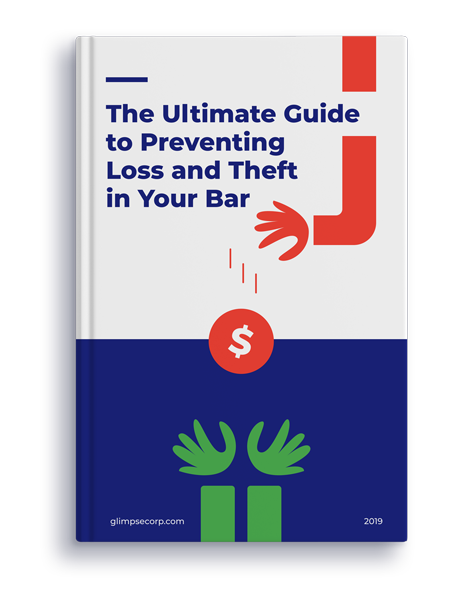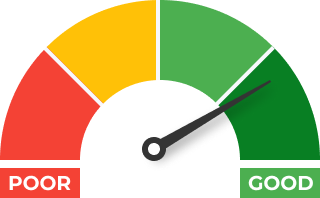Deciding to start a bar is exciting, rewarding, and profitable. But it can also be complicated, no matter how much experience you have opening and operating a business. Why? Starting your own bar is more than just applying for a business license. Every step needs to be well thought out and executed, from the concept of your bar to finding the right location to obtaining all the necessary licenses and permits.
To make the dream of starting your own bar a reality, our step-by-step guide gives you the information you need to put your plan into action.
1. Do the Groundwork
Starting a bar begins with the groundwork. It’s these first steps that are going to set you up for success.
Prepare a business plan
One of the most important steps when starting any business is a plan. This is your written road map that’s going to take your bar from concept to reality. A business plan is also necessary if you plan on securing financing from a bank or other investors.
When writing your plan, cover what steps you’re taking to start your bar, how you’re going to execute these steps, and how much it’s going to cost.
The following key elements should be part of your business plan:
- Details of your bar concept.
- Your mission statement.
- A detailed overview of bar costs.
- Calculations of your bar profit margin.
- Starting capital and information about your investors.
- Short and long term goals.
Determine business structure
Once you have a concept, decide on the best business structure for starting a bar. Will you build a new bar or buy a franchise? Will you buy a bar that’s already up and running and will you need to remodel so the bar fits your concept? There are pros and cons to each, including location and space availability in the area you want to open your bar.
You’ll also need to decide on the right legal structure. Will you be a sole proprietorship, partnership, or LLC (limited liability company).
It will be simpler to open your bar as a sole proprietor or as a partnership. But doing so will make you liable for any debt or lawsuits that your bar will incur. With an LLC you’ll get the combined features of a partnership and corporation without being personally liable if your establishment is sued.
Financing and funding
You’ll need starting capital to open your bar. If you have money saved up, aim for at least one year of capital to cover rent or mortgage, bar costs, and employee salaries.
If that amount of starting capital isn’t available to you, consider short term loans, startup loans for small business, or other types of funding.
Licenses and permits
Determine what licenses and permits you’ll need, including alcohol and food licenses. Without these licenses you won’t be able to open the doors of your business. Licensing laws will vary from one state to another, so be sure to get the right information for where you live.
Apply early for licenses and permits. Even after you’ve applied and filled out all the paperwork, it can take up to 30 or more days for licenses to be issued. Without those licenses in hand on opening night, you won’t be serving drinks and food to your customers.
Market research
Doing market research can help you make some important decisions about starting a bar. You may have a clear vision of the type of bar you want to open, but you still need to find out if your concept is profitable.
The goals of market research are to:
- Identify your clientele, including demographics.
- Identify your competition – what are they doing that you can do better?
2. Choose a Concept and Location
Once the groundwork is complete, you’re ready to move on to creating a full vision for your business and choosing the right location.
Decide on a concept for your bar
Up until now, you’ve had a basic idea of what you want your bar to be. Now it’s time to fully develop your concept, including the type of bar you want to open and the size. Your bar needs to be original and unique, so you stand out from your competition. Consider some of the latest bar and restaurant trends – are you able to incorporate some of these ideas into your bar concept?
Find a location
The right location plays a big role in the success of your bar. Some of the things to think about when deciding on location are:
- The type of clientele you want to attract.
- Small neighborhood bar for locals or a busy, downtown bar?
- Parking and/or foot traffic?
- Your budget.
- Zoning laws.
- Size and seating capacity.
Design your bar
Just like location matters to the success of your bar, so does the design. Consider hiring an interior designer at this step of starting a bar. The design needs to reflect your bar concept, tying it all together and creating just the right atmosphere that’s going to keep your customers coming back.
Focus on these key areas when it comes to designing your bar:
- Color theme.
- Bar entrance.
- Bar design.
- Bar area, including at the bar seating.
- Fixtures and lighting.
- Furniture for tables and seating.
- Music.
- Kitchen area.
Name and register your bar
Choosing just the right name for a bar is important – it’s your identity and brand and should be memorable. Brainstorm a few ideas, coming up with names that fit your bar concept and attract customers.
When you’ve found the right name for your bar, you’ll want to legally register and trademark it. Once you trademark the name you can use it for advertising or open a second bar in another location in the future.
You’ll also want to secure a web domain name for your website so no one else can use it.
3. Accounting
Don’t wait until your bar is open before you focus on accounting. Start keeping records of expenses and inventory even before the doors open.
You can hire an accountant or do it yourself using software that’s designed for bar inventory and accounting. The important thing is that you’re keeping track of all your costs which shows you where your money is being spent and where you can make improvements in spending.
4. Getting Down to Essentials
You’re getting closer to opening your bar, so you can get down to the essentials and finalize the smaller details.
Plan your alcohol and food menus
Before you can purchase alcohol and food inventory, you’ll need to design your menus. What drinks and foods will you be offering your customers? Will you be serving trendy cocktails? Or focusing on craft beer or a fine wine list?
Purchase liquor and food inventory
When your menu is established you can purchase liquor and food inventory based on your ingredient list. Base your opening inventory on projected opening sales. After your first opening week you’ll start to have a better idea of how to manage your inventory to keep costs in line and avoid waste.
As you’re buying liquor and food, find the right suppliers and build relationships to keep your costs down even more. Look for suppliers who offer discounts and payment terms as well as the brands you want to use in your bar.
Purchase bar tools and equipment
Make a list of all the essential bar tools and equipment you’ll need to serve your customers the perfect drinks and food. This includes everything from glassware and tableware to ice machines and a fryer for the kitchen.
5. Plan Your Payment System
What type of payment system will you use with your customers? Consider investing in an effective POS system, with features such as inventory management and keeping track of employees.
Also consider handheld POS systems, which can let servers take orders and payment anywhere in the bar.
6. Hire Your Team of Employees
You won’t be able to start a bar without the right team of employees. Take the time to interview the right candidates – look for a mix of attitude, experience, enthusiasm, and a desire to learn new skills.
Team members to hire include:
- Managers
- Bartenders
- Security
- Servers
- Kitchen staff
7. Marketing
As you get closer to the opening date, start your marketing campaign. Print advertising, such as newspaper, magazines, and flyers are just one way to promote your business, but it’s not enough. You’ll need to be more creative in reaching out and letting people know who you are.
Build a website
One of the best ways to connect with people is by having a website to help you brand your bar. You’ll be able to list information about your bar such as location and hours. You can also highlight the drinks and food you serve, including specials.
Social media
Everyone is digital these days. This means your bar needs to be visible on social media. Build a Facebook page and create Instagram and Twitter accounts. Post exciting information about your bar, giving people lots of reasons to come to your opening night.
Plan for opening night
Using print and social media marketing, plan for your opening night. Considering offering a complimentary appetizer to the first 20 people who come through the door. Or a first-drink discount to the first 20 people who retweet your Twitter post.
Final Words
If you’ve dreamed of starting a bar, this step-by-step guide is all you need to get you there. We’ve outlined all of the details, giving you everything you need to open your own establishment and succeed in operating an exciting and rewarding business.










 +1 (786) 292-2373
+1 (786) 292-2373 insights@glimpsecorp.com
insights@glimpsecorp.com





